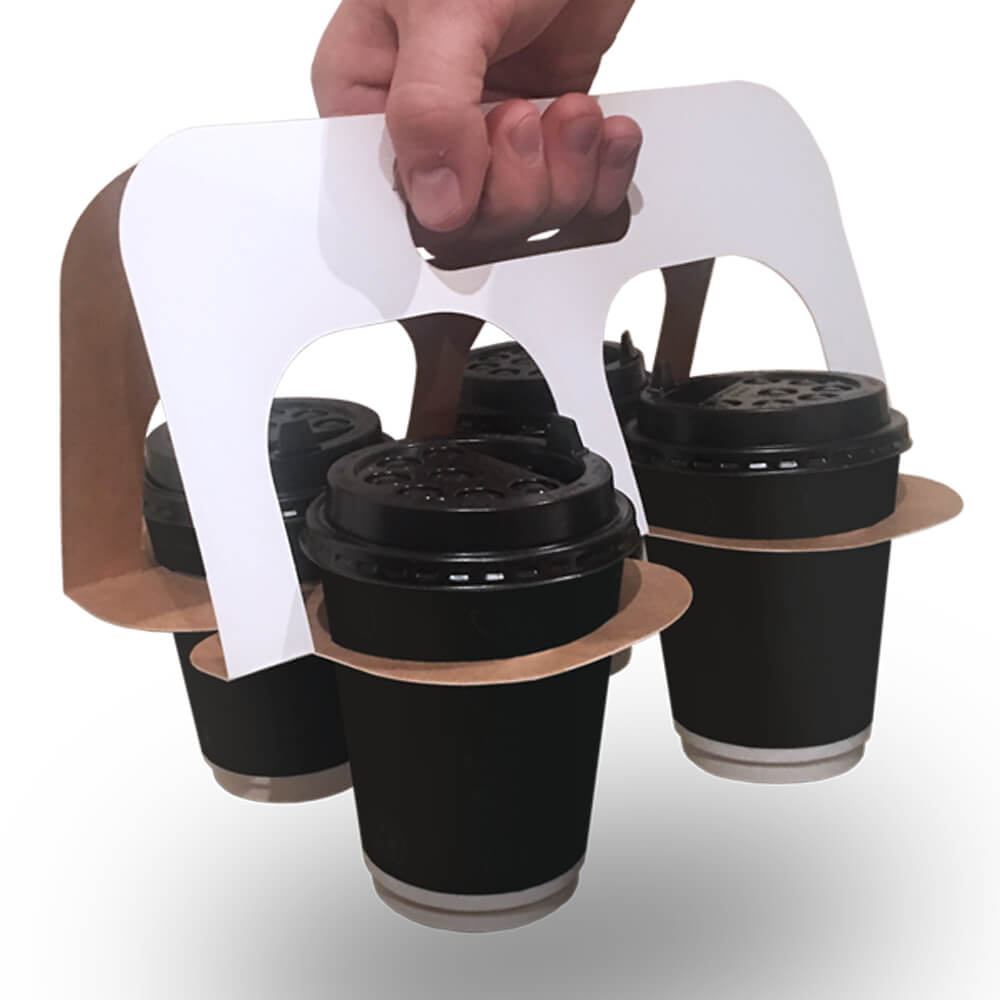The Importance of Food Packaging
Food packaging plays a crucial role in preserving the quality and safety of food products while also serving as a marketing tool and a key factor in sustainability. As consumers become increasingly aware of the implications of packaging on health, the environment, and economy, understanding the multifaceted role of food packaging has never been more important.
Preservation and Safety
At its core, food packaging serves the fundamental purpose of protecting food from contamination, spoilage, and damage. Packaging materials are designed to create a barrier that keeps out external elements such as moisture, air, light, and microorganisms that can lead to food degradation. For example, vacuum-sealed packaging can significantly extend the shelf life of perishable items by minimizing oxygen exposure, thus slowing down the oxidation process. Similarly, the use of inert gases in packaging can preserve the freshness of products like chips and other snacks by preventing rancidity.
Safety is another critical aspect of food packaging. Well-designed packaging can help prevent physical contamination and ensure that food remains safe for consumption. For example, tamper-proof seals on food containers provide consumers with confidence that the product has not been compromised. Furthermore, with the rise of food allergies and heightened consumer awareness of ingredients, clear labeling and transparent packaging are essential for informing customers about potential allergens, nutritional content, and other relevant details.
Marketing and Branding
Food packaging is not merely functional; it is also a powerful marketing tool. An attractive design can significantly influence a consumer's purchasing decision. Research indicates that packaging is one of the first elements that catch a shopper's eye, and the aesthetics of a product can evoke emotions and tell a brand's story.
Effective packaging design often incorporates elements such as color, typography, and imagery that align with the brand identity. For instance, organic food brands may use earthy tones and natural materials to emphasize their commitment to sustainability, while luxury brands might opt for elegant and sophisticated designs that convey exclusivity. Additionally, innovative packaging shapes and functionalities can create a memorable consumer experience, driving brand loyalty and repeat purchases.
food packaging

Sustainability Challenges
In recent years, the sustainability of food packaging has gained significant attention. With growing concerns about plastic pollution and its impact on the environment, many companies are re-evaluating their packaging strategies. The challenge is to find materials that not only protect food but also minimize environmental harm. This has spurred the development of biodegradable, compostable, and recyclable packaging options.
Companies are increasingly investing in research to discover alternatives to traditional plastic packaging. Innovations such as plant-based materials, edible packaging, and reusable containers are emerging as viable solutions. However, the transition to sustainable packaging is not without challenges. It requires collaboration among manufacturers, consumers, and regulators to develop infrastructures that support recycling and ensure that sustainable materials can effectively protect food.
Regulatory Compliance
Food packaging is subject to stringent regulations to ensure the safety and quality of food products. Various government agencies, such as the Food and Drug Administration (FDA) in the United States, set guidelines for materials used in packaging and labeling requirements. Compliance with these regulations is essential for food manufacturers, as non-compliance can lead to penalties, recalls, and damage to brand reputation.
The Future of Food Packaging
As technology continues to advance, the future of food packaging looks promising. Smart packaging is on the rise, offering features such as QR codes that provide consumers with information on the product’s origin, nutritional information, and storage recommendations. Additionally, innovations in packaging technology, like active and intelligent packaging, aim to monitor freshness, extend shelf life, and alert consumers to changes in food quality.
In conclusion, food packaging is a dynamic field that encompasses preservation, safety, marketing, sustainability, regulatory compliance, and technological innovation. As consumer expectations evolve and environmental challenges mount, the food industry must continue to adapt and refine its packaging solutions. By embracing these challenges, companies can not only protect their products but also contribute to a healthier planet and a more informed consumer base.



